We'll get this over with first:
 |
| "Greater" Yellowlegs |
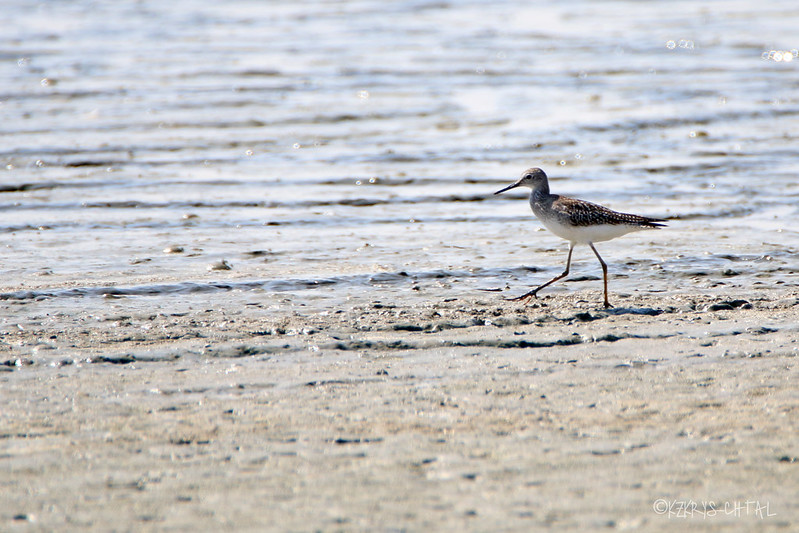 |
| "Lesser" Yellowlegs |
For the record, I think they're BOTH great.
We saw lots of different Sandpipers - and lots and lots of them! Here is one who was off by himself:
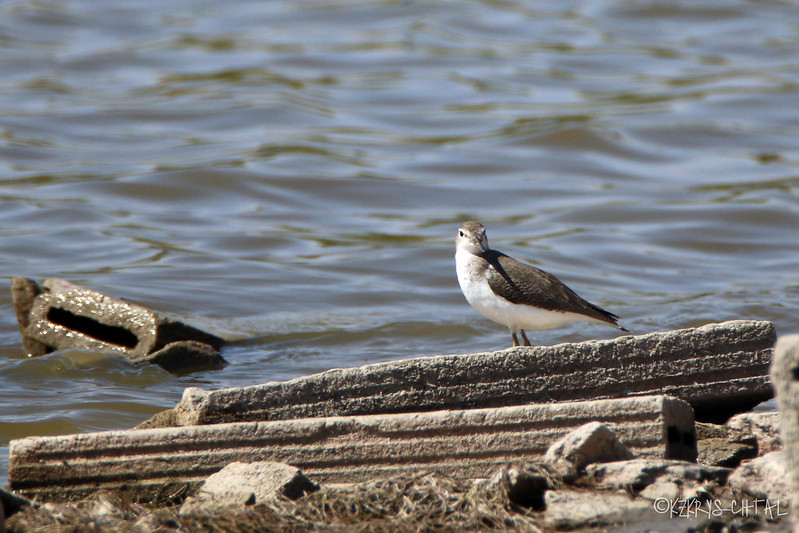 |
| A solitary Solitary Sandpiper |
Ha! Get it? Solitary Solitary?!? Hmm. Maybe that's why he was giving Mom that look; she's the one who said it.
There were lots of ducks, too, to include Blue-Winged Teals:
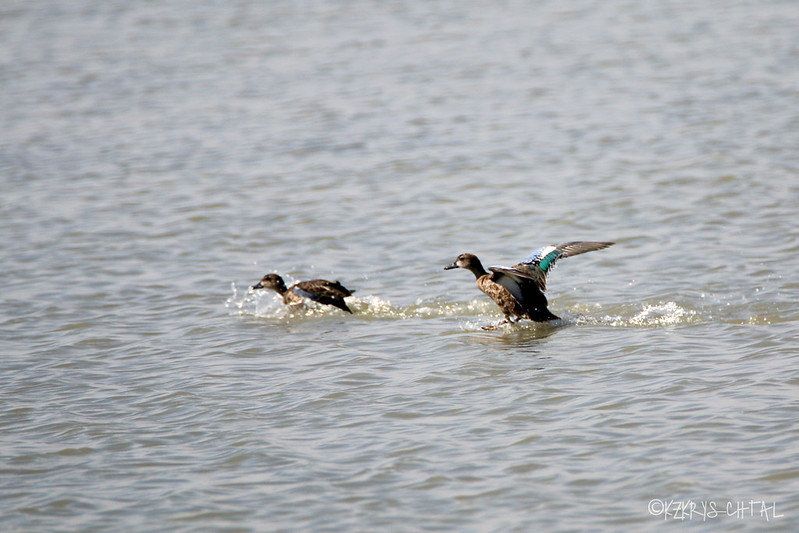 |
| Can you see the blue on the front part of his wing? |
And Green-Winged Teals:
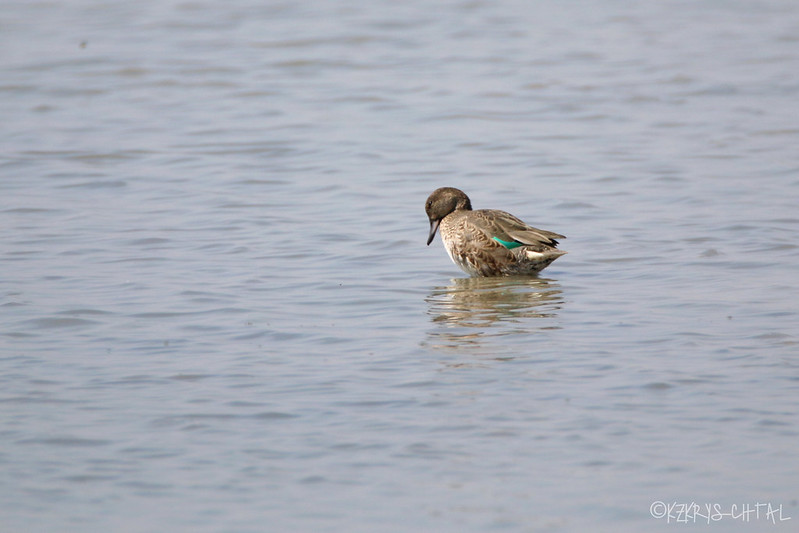 |
| Green-Winged Teal, molting into breeding plumage |
There was also an abundance of Avocets:
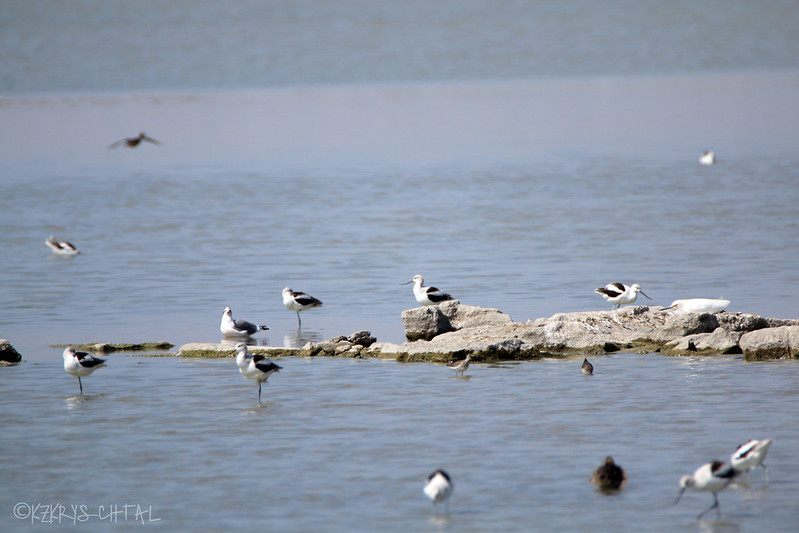 |
| American Avocets, a couple Stilt Sandpipers, and a Snowy Egret trying to hide from Mom |
This Avocet looked like it was practicing some ballet moves:
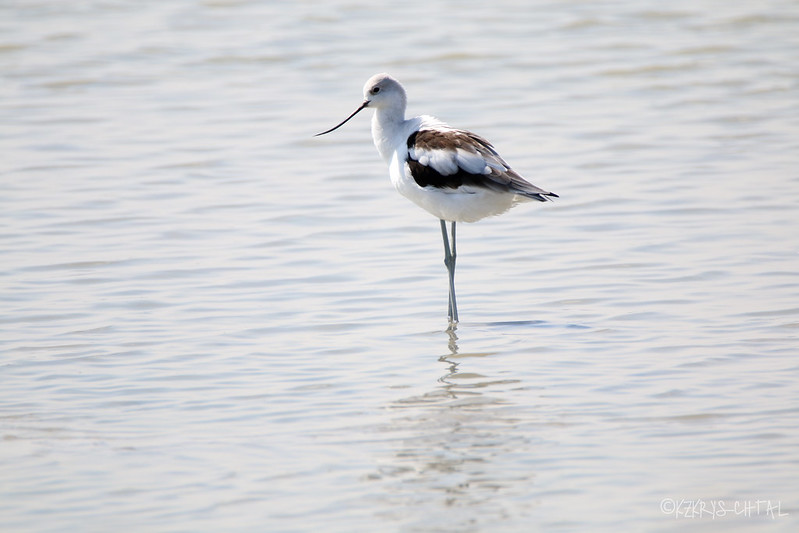 |
| American Avocet |
Isn't he or she elegant?!?
We also saw a "couple" of Coots:
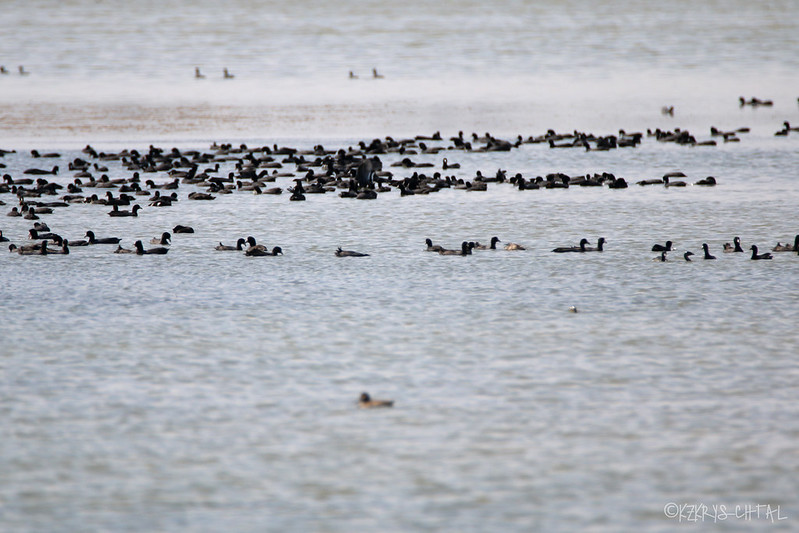 |
| A sea of American Coots |
These two Egrets looked like they were posing for Mom:
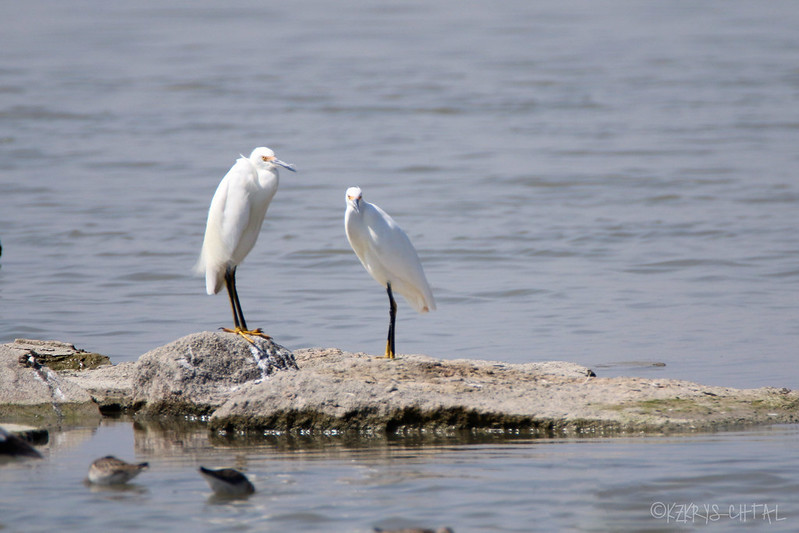 |
| "Hurry up, camera lady. We don't have all day." "Places to go, fishies to catch." |
Maggie and I can totally relate!
Check out this birdie's snooter!
 |
| Willet |
Mighty impressive, isn't it? But he is outdone by these two kinds of birdies:
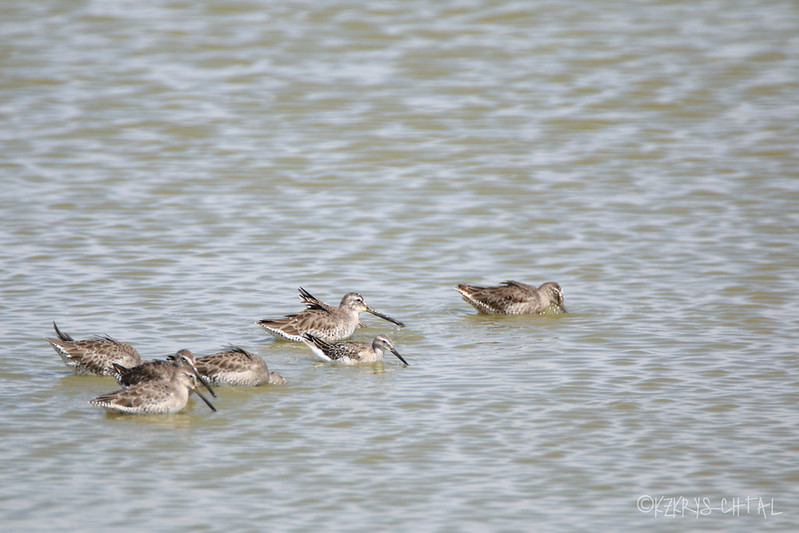 |
| Long-Billed Dowitchers and Stilt Sandpipers |
The somewhat smaller, more delicate-looking ones are the Stilt Sandpipers. The ones with the SUPER long beaks are the Dowitchers. They are both fairly large (9 and 11 inches long) compared to our next birdie (only 6 inches long):
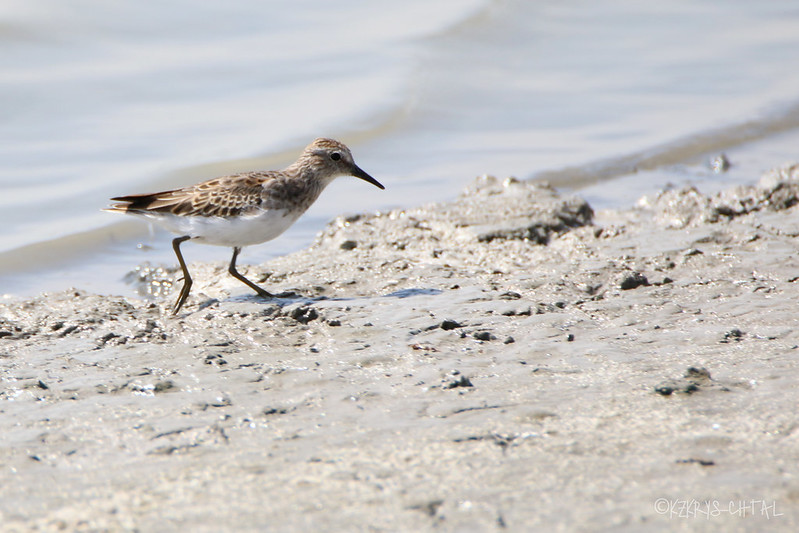 |
| Least Sandpiper |
Mom spotted this birdie hiding in the reeds:
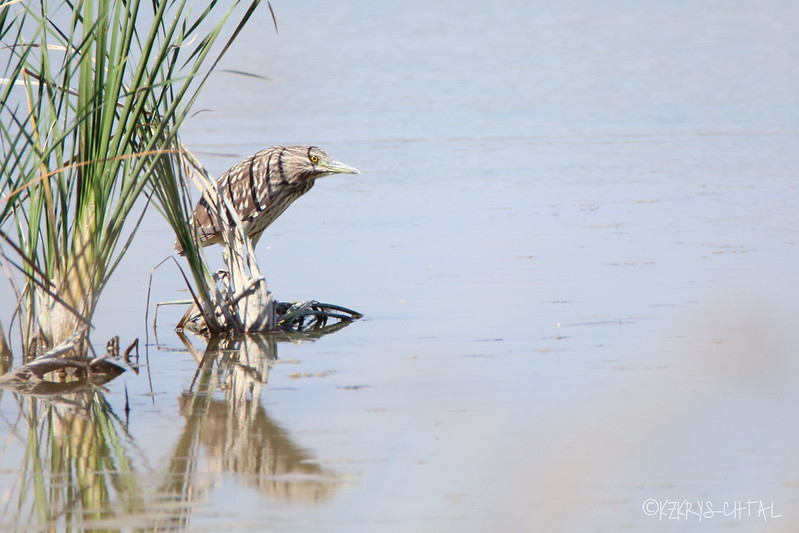 |
| Immature Black-Crowned Night Heron |
She doesn't see them very often. They are fairly elusive, so she was mighty pleased to spot him!
Oh. And "immature" refers to his age/plumage, not his behavior.
I think.
It's always thrilling to see these guys:
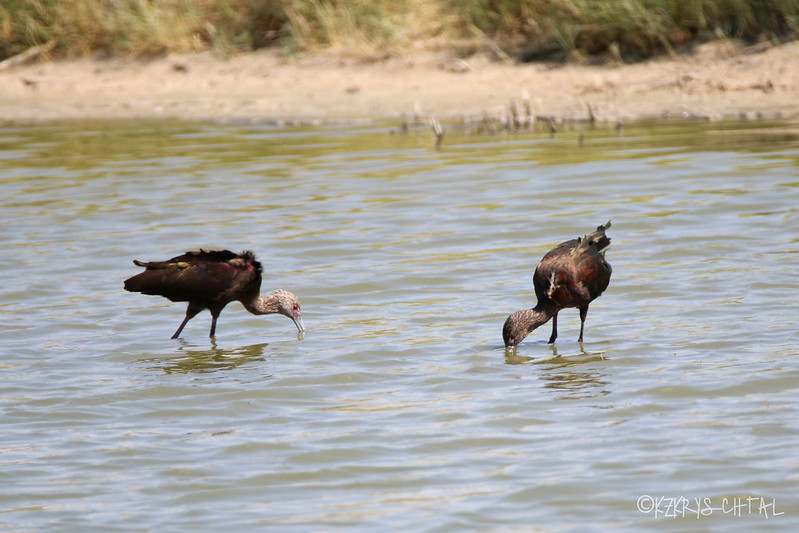 |
| White-Faced Ibises |
Mom had not seen Ibises until we started making the trips down to Quivira!
Out in the flats, Mom spotted this group of Egrets:
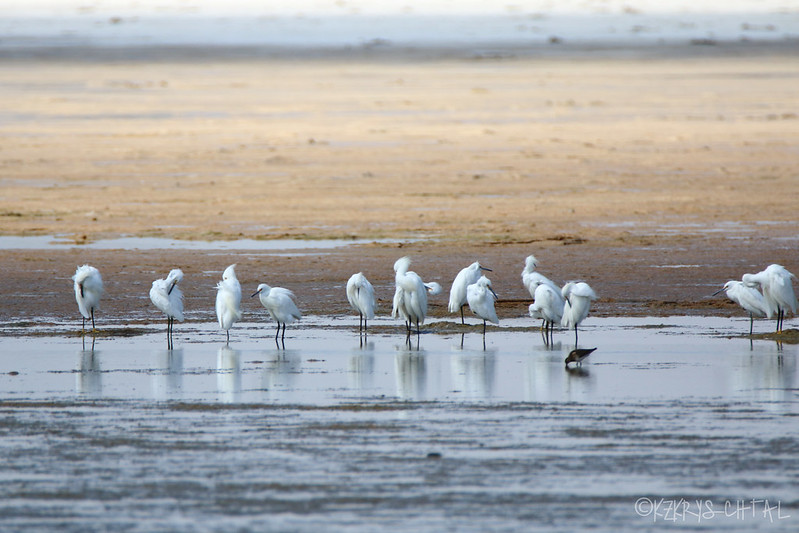 |
| Snowy Egrets and friend |
And more than a couple gulls:
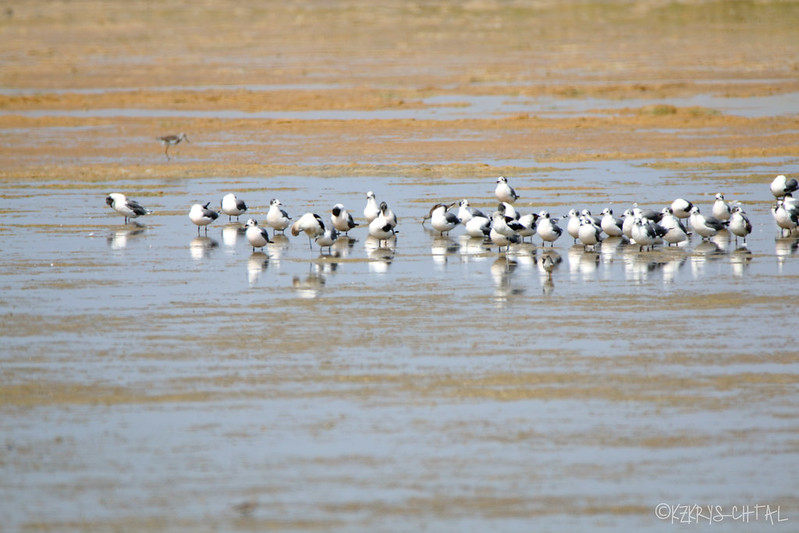 |
| Franklin's Gulls |
And lastly, some of you might remember back in June, when we told you about going hunting for a rare-to-Kansas bird - the Reddish Egret. He had been spotted at Quivira NWR, and we were able to find him. It was really exciting! Well -- guess who is still there?!?
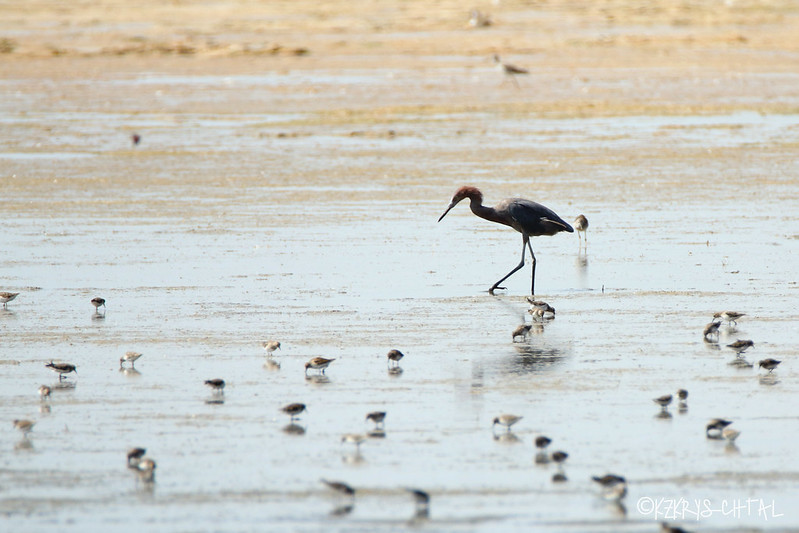 |
| Reddish Egret and friends |
According to Audubon, the current United States population is only about 2000 pairs. It is purported to be one of the rarest birds in North America, and Mom and Dad (and Maggie and I!) have seen this one TWICE!
Please tune back in tomorrow, when we wrap up our adventure with pix from Cheyenne Bottoms!
Have a wonderful Sunday!
Cammie!

That Egret couple is too funny☺ Gorgeous photos!
ReplyDeleteThat was sure a lot of birdies!
ReplyDeleteCam and Mag...my mom literally gives this post a standing ovation...yep she is typing standing up
ReplyDeletethe Immature Black-Crowned Night Heron is a new birdie to here too
Hugs madi your bfff
Your Mom does an amazing job with her photos of all the different birdies, and you are an excellent commentator. Hot enough for you for the end of September?
ReplyDeleteWoos - Lightning, Misty, and Timber
Our mom is just amazed at the sharpness and clarity of these photos!
ReplyDeleteYour Pals,
Murphy & Stanley
So interesting to see all theses birds - some with long beaks and some with long legs and some with both
ReplyDeletehugs
Hazel & Mabel
Wowzers! You all are such great birders. I love the Avocets, perhaps most of all. However, I can appreciate seeing a very rare one like the Reddish Egret. Cool!
ReplyDeleteThese birds are so pretty! And our mom wants to look on a map because she wants to find out about this body of water in Kansas!
ReplyDeleteWhat a fun adventure!
say...the sandpiper does a pretty good stink eye ;) the lesser yellow legs looks like he is on a march. we think all of the birdies are great! and beautiful pictures!
ReplyDeletepip, smidgen, minnie, hollie, sharpie, ditto, TL